Extract chilling is one of the exciting buzzwords in the coffee scene today, with its idea simple: by rapidly chilling coffee immediately after it is produced from the brewing device, there seems to be a significant improvement in the taste of the coffee. But how does that happen?
An ongoing research collaboration between the Zurich University of Applied Sciences (ZHAW) and ONA coffee reveals that the first 20-40% of the coffee brewing process draws out a large amount of aroma compounds from the coffee bean.
When this output fluid is chilled almost immediately after brewing, a significant portion of these aroma compounds can be retained, preserving anywhere between 10-40% of the more volatile aroma compounds within the coffee itself. These volatile aroma compounds, which become perceptible by our sense of smell when they exceed their respective detection odour thresholds, are concentrated within the coffee as it is rapidly cooled, retaining some of the flavours that might otherwise have been lost in conventional brewing.
The effects of a chilled extraction
Chilled extraction in coffee brewing is generally implemented by chilling the front 20-50% of the brew, where most of the aroma compounds are extracted, and removing the chilling device from the brew set-up before continuing with the remainder of the brew.
This knowledge has been utilised by ONA Coffee in the various coffee competitions over the past 2 years: Hugh Kelly, in the 2021 World Barista Championship, extracted the first 12g of his competition espresso over frozen blocks, and Sasa Sestic in the 2022 Australian Brewers Cup in 2022 with his first two of his five pours on the Paragon.
An invention that combines both form and function, the Paragon enables one to brew with a chilled extraction efficiently without any of the mess. It allows one to simply move the ice rock away from the dripping stream of the filter to sit elegantly on top of a drip tray midway through the brew after the target amount has been chilled, ensuring a seamless transition to the conventional pour over brewing method for the second half of the brew.
At Homeground, we had the rare opportunity to experience the benefits that extract chilling, and the Paragon in particular, bring to the cup of coffee.
When we tasted side-by-side comparisons of two coffees, one brewed with the Paragon, and one without, we found three main effects that result from the process of extract chilling:
Aroma: coffees brewed with the Paragon had a mellower aroma that could be said to be less bold, yet, the lack of harshness allows for a rounded and comfortable aroma experience.
Flavour: especially in the hotter stages, coffees that were brewed with the Paragon had a fuller mouthfeel that contributed to a fleshed out flavour profile.
Structure: as the coffee cools, the coffee brewed with the Paragon shines for its well-defined structure and long lasting finish.
In our limited time with the Paragon, we are already extremely intrigued by the new dimensions of variables that it introduces to coffee brewing, for the better. While the results of brewing with the Paragon may vary in magnitude with each coffee that is brewed, the change and impact on the overall profile of the coffee is indubitable.
A lot remains uncovered about chilled extraction techniques, ranging from identifying the individual impact of chemical compounds on the taste of the coffee, to the differences in compounds extracted and released into the environment as a brew progresses, due to the polarity and volatilities of each compound.
As we begin to explore the complex world of chemicals in coffee through chilled extraction techniques, the potential for learning is infinite, and who knows, this newfound knowledge might hold the key to unlocking the next edge of flavours in the future of coffee brewing!
Chilled Extraction Techniques
Journal article by Homeground Coffee Roasters.
Journal Archive
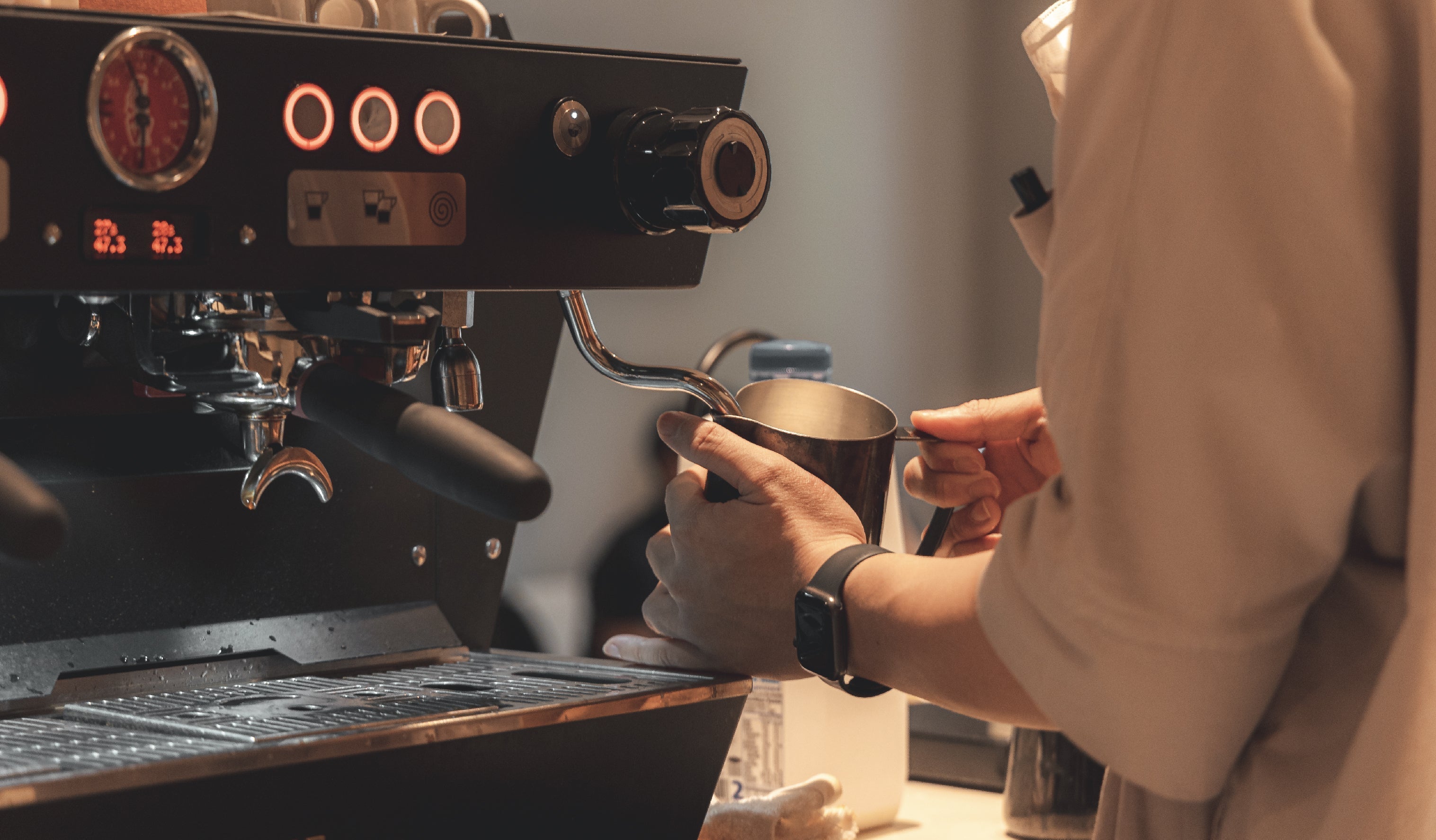
Milk in World Barista Competitions
An overview of milk concentration methods in coffee competition, focusing on freezing techniques that enhance milk's qualities for great coffee beverages.
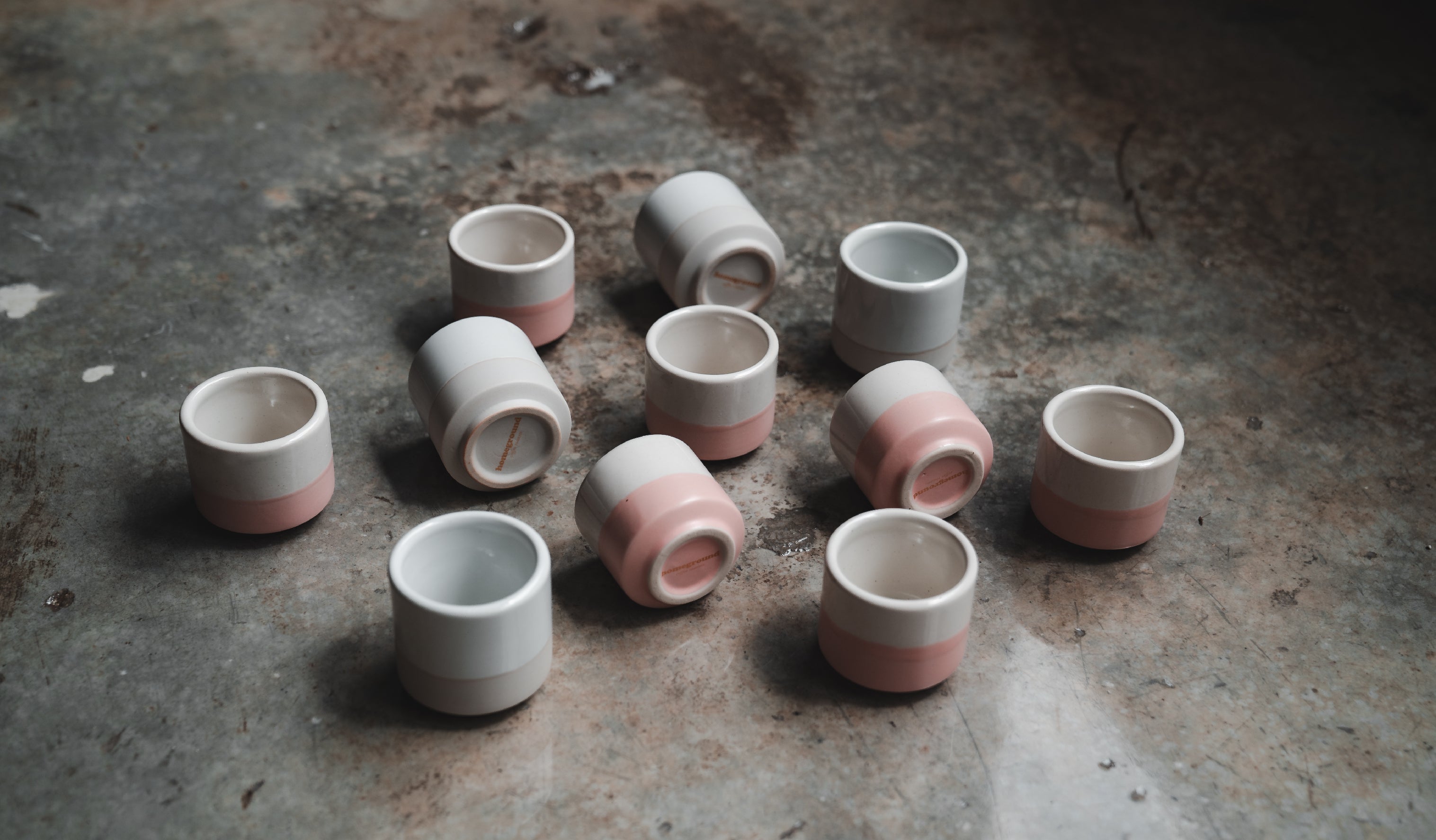
How Coffee Cup Colours Affect Your Drinking Experience
Cross-modal perception of colours on the taste of coffee
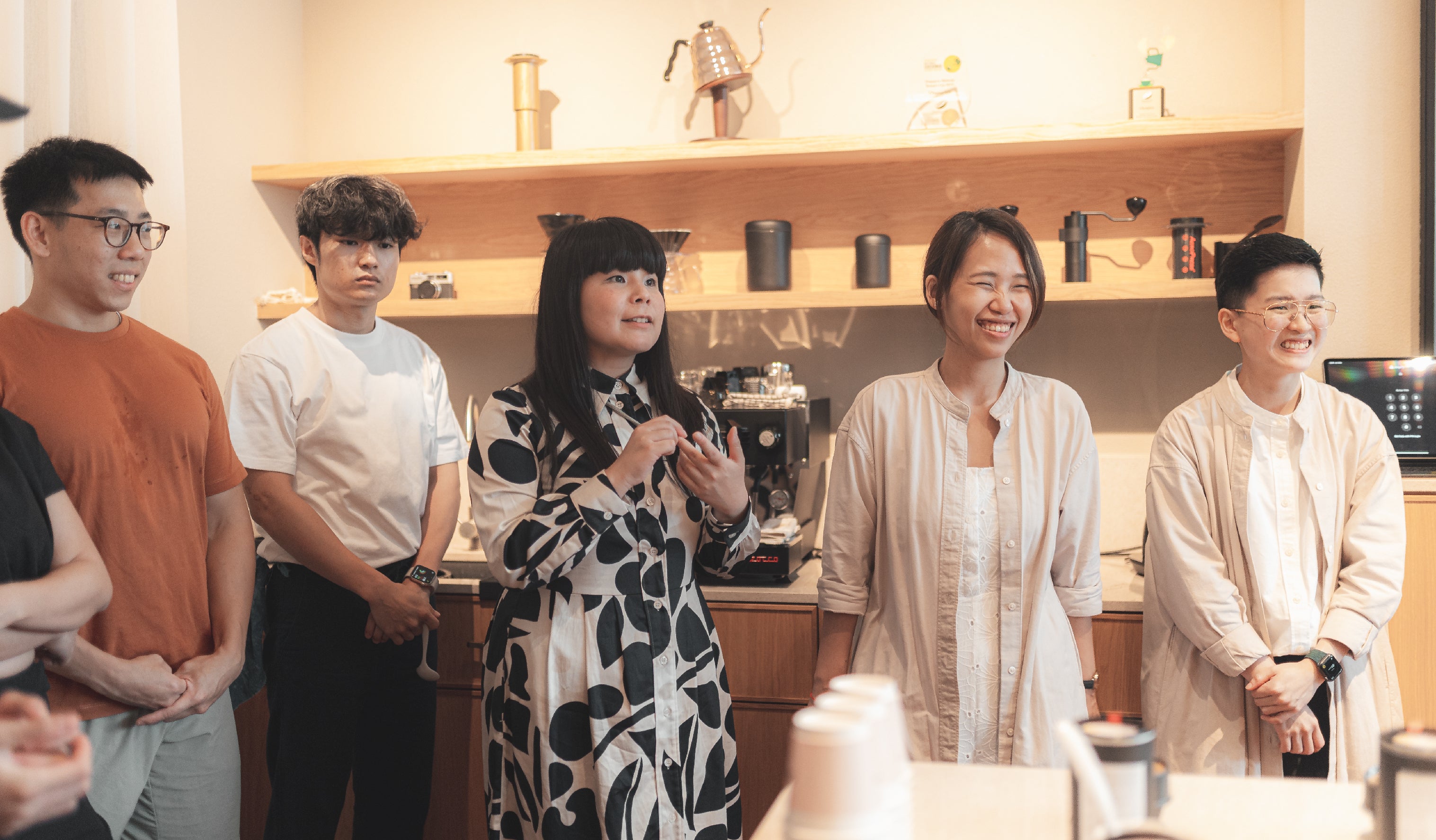
Learning to enjoy more
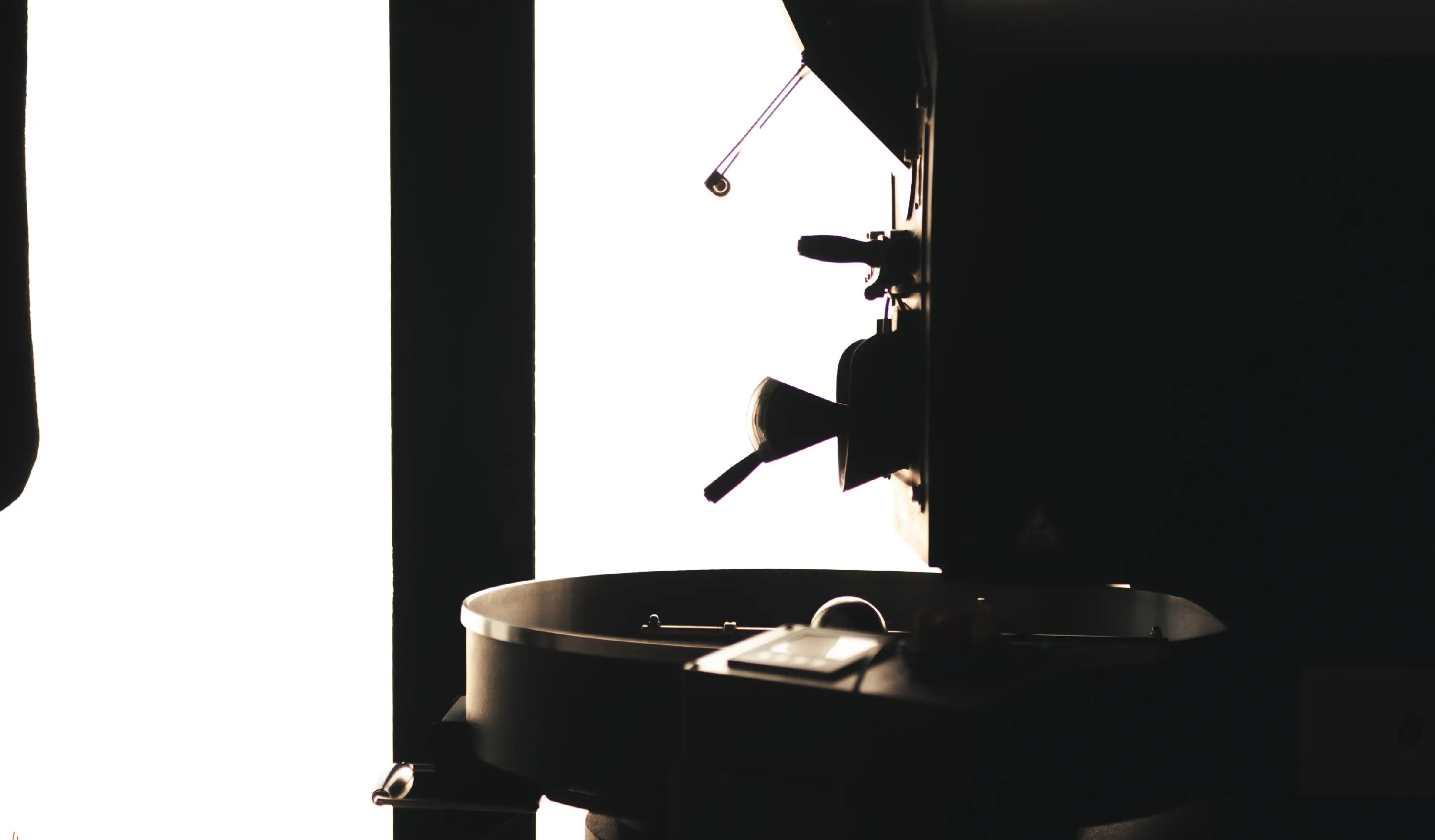
Same Coffees Everywhere, All at Once
Why do local specialty coffee shops serve the same coffees?
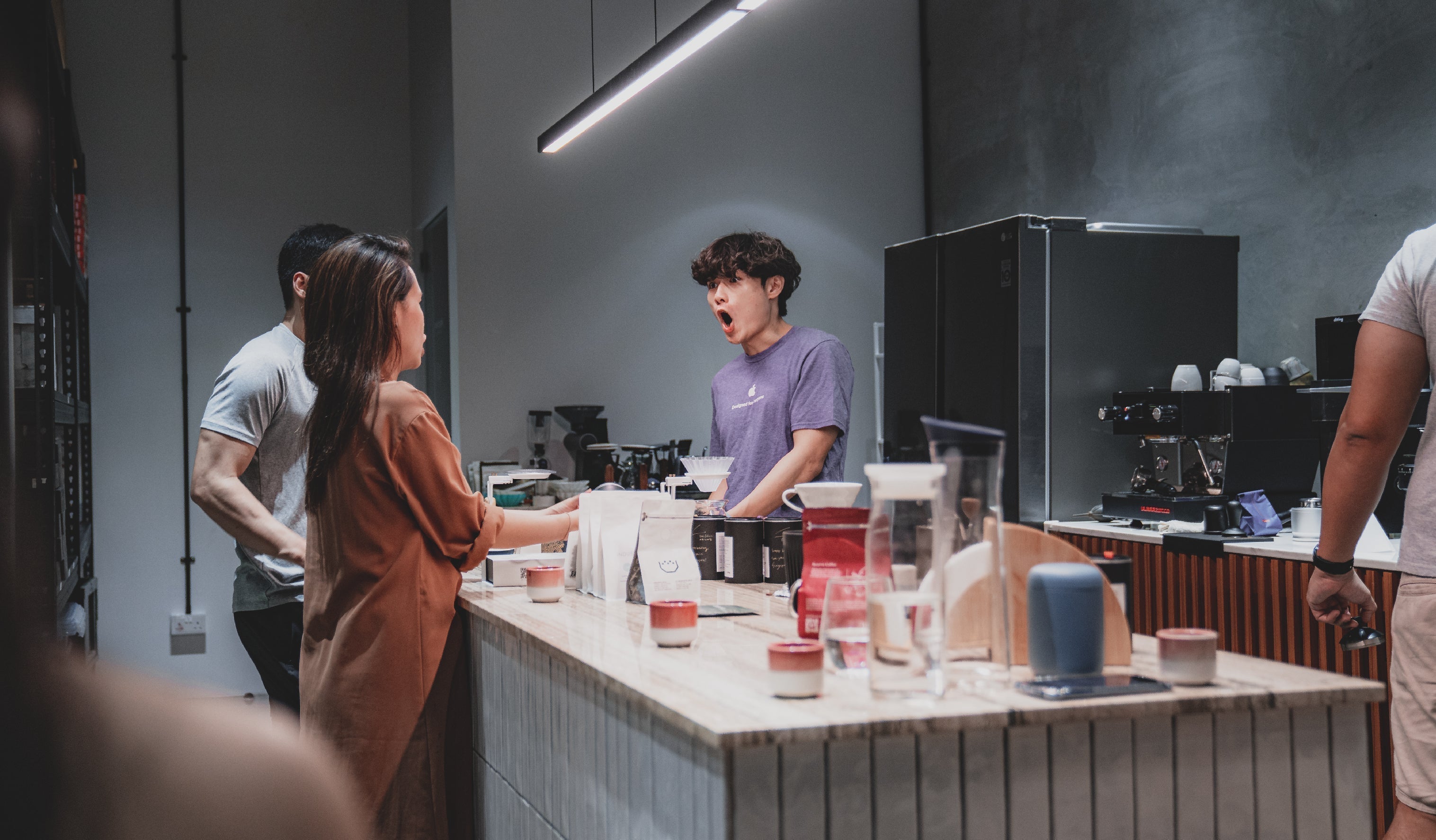
A study of unexpected coffee production nations
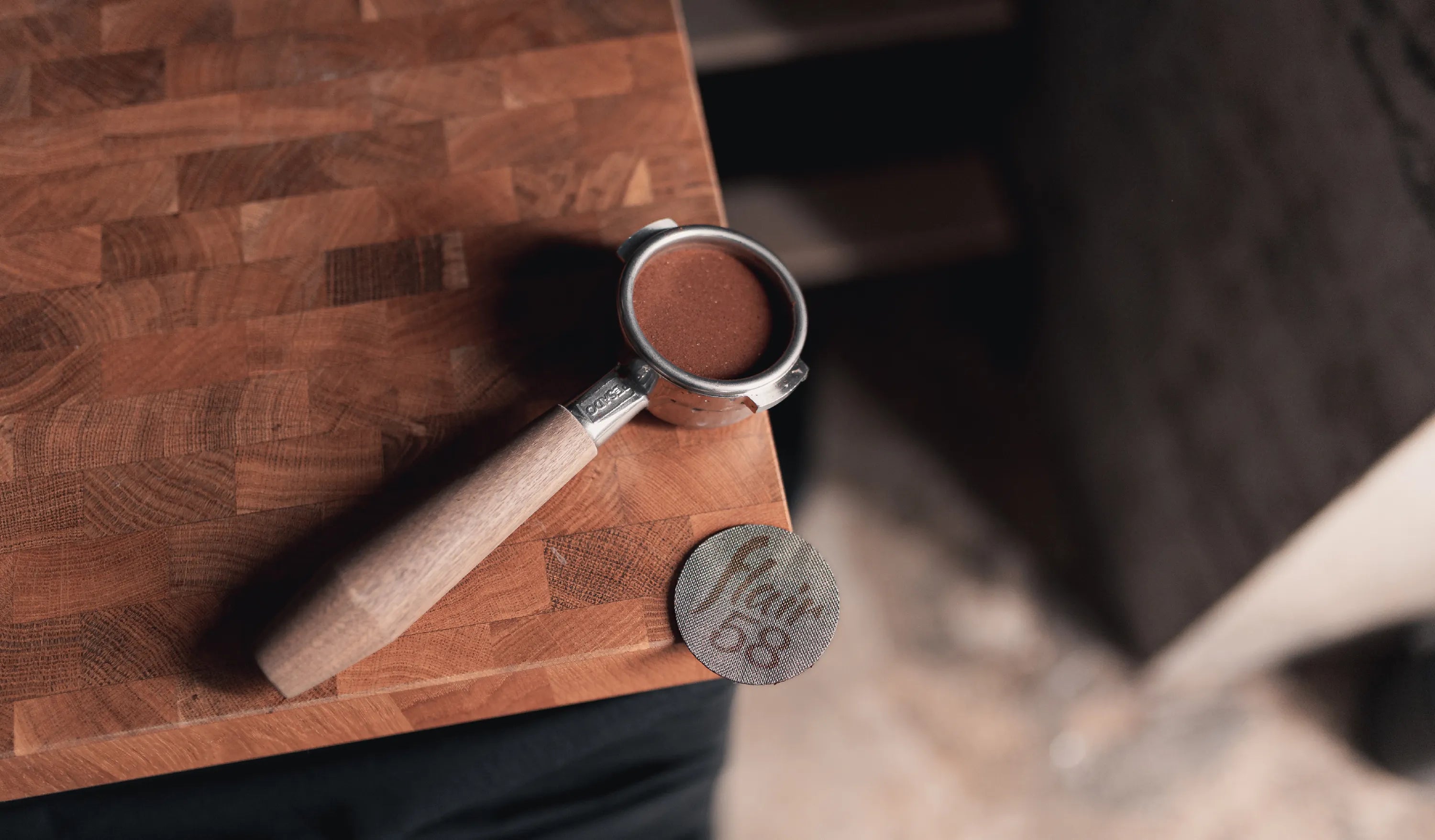
A low down on using puck screens for espresso machines


